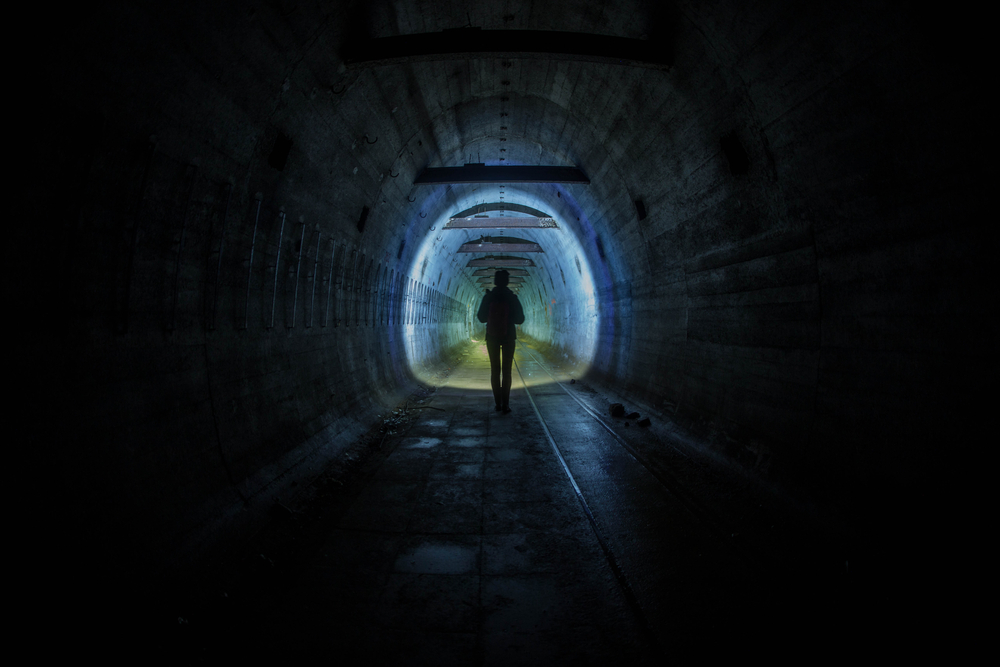
Whether for search and rescue or warfare operations, the U.S. Defense Advanced Research Projects Agency (DARPA) announced last week their efforts to advance current understanding of underground environments, and the formation of a competition of nine teams to do so.
The recently selected teams will focus on developing new approaches for the mapping, navigation, and searching of underground environments. Seven teams will undertake the challenge through the development and demonstration of physical systems in real-world environments. Two teams will explore and expand development in the virtual competition.
The virtual teams — from Michigan Technological University and Scientific Systems Company, Inc. — will use simulation models and physics-based environments to hone software advances. The more traditional track will develop and demonstrate physical systems operating in real-world environments such as tunnel systems, urban underground, and natural cave networks. These teams were chosen from Carnegie Mellon University, the Commonwealth Scientific and Industrial Research Organization of Australia, iRobot Defense Holdings, Inc., the Jet Propulsion Lab from the California Institute of Technology, the University of Colorado — Boulder, University of Nevada — Reno and the University of Pennsylvania.
All will receive funding from DARPA, though the organization has also put out a call for self-funded competitors to join this Subterranean Challenge. They could still compete for prizes in each level of the challenge, which will consist of a $2 million for the physical systems track and a $750,000 prize for the virtual track.




